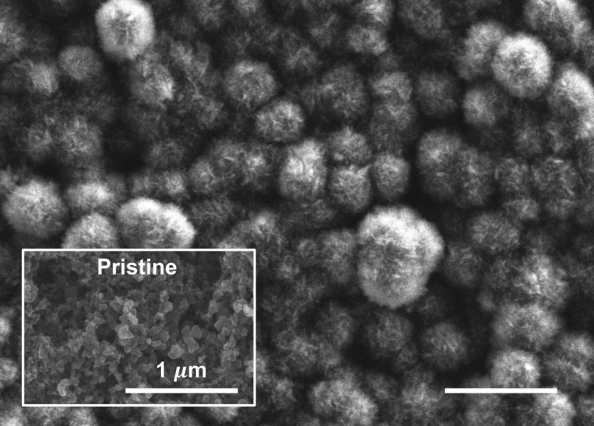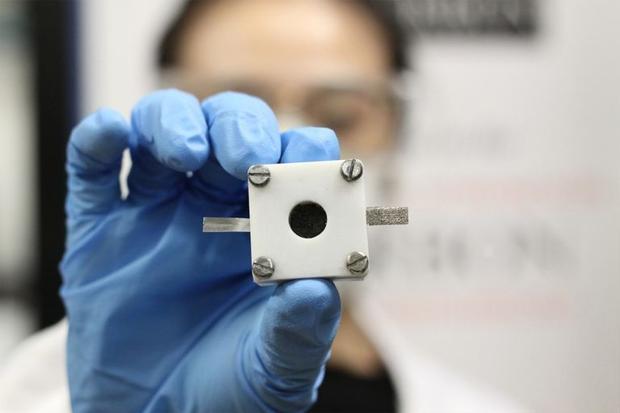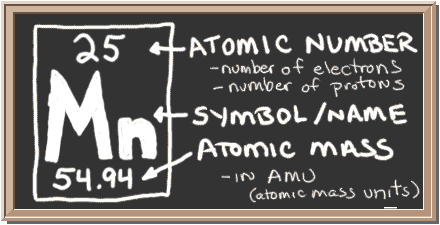We would love to find ways to reduce carbon dioxide as a threat to our climate with an ever-decreasing timeline for accomplishing that task. University of Illinois at Chicago and Massachusetts Institute of Technology (MIT) have made inroads into creating a carbon dioxide battery that uses CO2 as an energy storage component. Amin Salehi-Khojin, associate professor of mechanical and industrial engineering at UIC’s College of Engineering, explains, “Lithium-carbon dioxide batteries have been attractive for a long time, but in practice, we have been unable to get one that is truly efficient until now.” A 7X Battery The incentive to use CO2 comes from lithium-carbon dioxide batteries having a specific energy density more than seven times greater than conventional lithium-ion cells. Unfortunately, until now, Li-CO2 batteries haven’t been rechargeable – at least for a reasonable number of cycles. Now, researchers at the University of Illinois at Chicago have demonstrated, “lithium-carbon dioxide batteries can be designed to operate in a fully rechargeable …
Recharging Technique Makes Zinc-Air Batteries a Viable Alternative
Lithium-ion and lithium-polymer batteries face several problems: they are not making great leaps forward that we hope for, they occasionally burst into flame, and they weigh too much to be all that practical in a pure-electric airplane. Researchers peer over the alternatives, magnesium, manganese, aluminum, and now, after several false starts in recent years, zinc. University of Sydney scientists claim to have found a three-stage method of charging zinc-air cells that promises greater energy density and longevity. One selling point – the relative abundance and low cost of zinc, such cells are cheaper to produce than lithium equivalents. They theoretically can store up to five times more energy than lithium-ion cells, are less prone to burst into flame, and are even more environmentally friendly. What’s not to like? Until now, they’ve been difficult to recharge. ReVolt tried developing a rechargeable zinc-air battery with an ARPA-E (Advanced Research Projects Agency – Energy) grant, but gave up after two years. Explaining that …
Dallas Finds Seoul Brothers in Battery Development
A “novel” manganese and sodium-ion-based material might be a contender for the more universal lithium-ion batteries that power our mobile devices and make us mobile in electric vehicles. Developed by the University of Texas at Dallas in collaboration with Seoul National University, the new material is said to offer “a potentially lower-cost, more ecofriendly option to fuel next-generation devices and electric cars.” Dr. Kyeongjae Cho, professor of materials science and engineering in the Erik Jonsson School of Engineering and Computer Science, thinks battery cost is a “substantial issue.” It may become more of one with electric vehicle production growing from the existing global electric car stock of two million vehicles in 2016 to a projected nine-to-20 million (as reported by the International Energy Agency) by 2020 and between 40 and 70 million by 2025. This rapid growth will put an added burden on finding and extracting lithium, since the mineral exists in relatively small amounts in sometimes isolated places. Correction added …
More Powerful, Longer Lasting Perovskites
Perovskites, calcium titanium oxide minerals composed of calcium titanate, with the chemical formula CaTiO, are found in relative abundance throughout the world and have characteristics that make them a plausible candidate for use in solar cells. Initially showing good efficiency at small scales, perovskite solar cells were potentially less expensive to produce than conventional silicon-based units, and could be more efficient, especially as single-layer silicon cells reach their theoretical limit of 30-percent efficiency. Perovskite cells could be configured to respond to different wavelengths of light, stacked on one another, and still be thinner than conventional solar cells. Part of the attraction of perovskites cells has been their rapid increase in efficiency, nearly equaling the best silicon cells in about six years, as opposed to the 35 years needed for silicon cells to increase from 16 percent efficiency to a little over 25. Some factors get in the way, one being that perovskites react badly with moisture. Thus, their life spans are much shorter than the more …
Milking Magnesium for All It’s Worth
Magnesium carries two positive charges for every one which lithium carries. This simple fact was inspiration for Jordi Cabana, a University of Illinois at Chicago assistant professor of chemistry in developing a magnesium-based battery. Using magnesium in place of lithium led to this thought: “Because magnesium is an ion that carries two positive charges, every time we introduce a magnesium ion in the structure of the battery material we can move twice as many electrons,” He added, “We hope that this work will open a credible design path for a new class of high-voltage, high-energy batteries.” Cabana and his associates have shown they can replace the lithium ions, each of which carries a single positive charge, with magnesium ions, which have a plus-two charge, in battery-like chemical reactions, using an electrode with a structure like those in many of today’s devices. According to the University, the research is part of the Joint Center for Energy Storage Research, a Department of …
NTU Develops Ultra-fast Charging Batteries That Last 20 Years
Singapore is only 276.5 square miles, about 27 miles long, and has five and a half million people, according to Wikipedia. It’s an enormously productive country with an excellent education program from kindergarten on up to graduate schools. Recently, one of those graduate programs announced an “ultra-fast charging batter[y] that can be recharged up to 70 per cent in only two minutes.” This breakthrough from Nanyang Technology University (NTU) is also claimed to have a 20-year lifespan, 10 times that of existing lithium-ion cells. Part of the new battery’s success comes from replacement of the traditional graphite anode with a new gel materal made from titanium dioxide, “an abundant, cheap and safe material found in soil. It is commonly used as a food additive or in sunscreen lotions to absorb harmful ultraviolet rays.” Although naturally found in spherical shape, titanium dioxide was rolled into nanotubes thousands of times thinner than the diameter of a human hair by the NTU researchers. …



